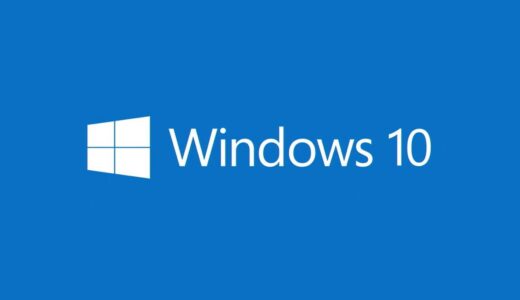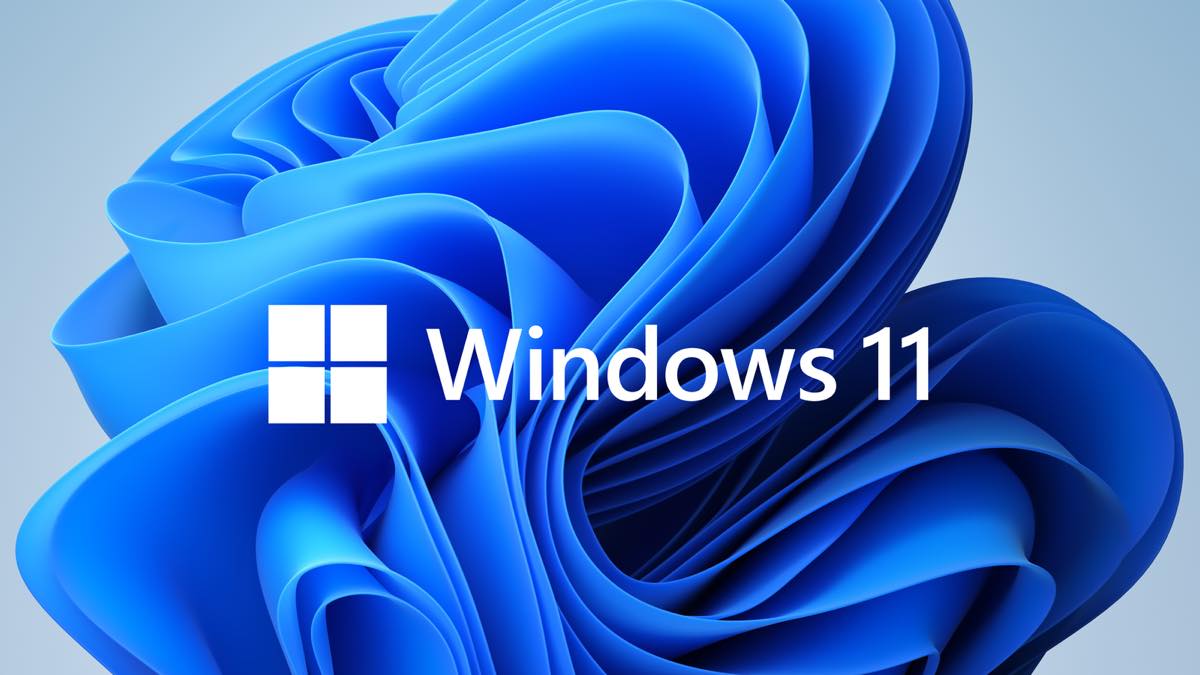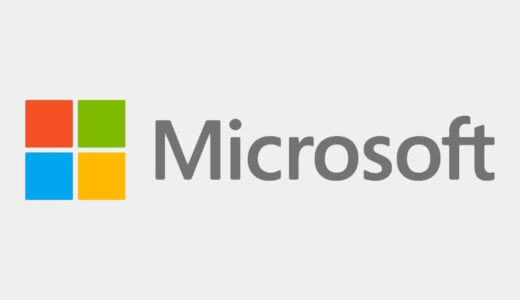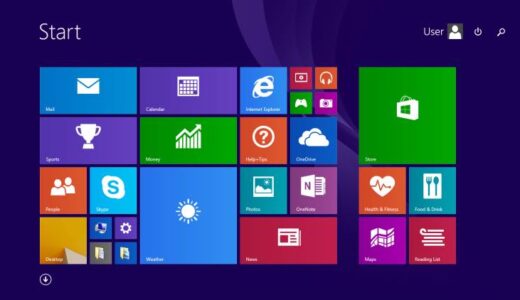
Microsoftが、公式オンラインストアのMicrosoft Storeにおいて、2023年1月31日をもって「Windows 10」のライセンス販売を終了することを案内しています。 「Windows 10 Home」 …

Microsoftが、公式オンラインストアのMicrosoft Storeにおいて、2023年1月31日をもって「Windows 10」のライセンス販売を終了することを案内しています。 「Windows 10 Home」 …
CES 2023で、LGは超軽量薄型ラップトップ「LG gram」の最新モデルを展示しました。LGはこのラップトップで名を馳せ、重要なジャンルであるこのカテゴリの境界を拡張し続けています。 LGは、3つの新型gramラッ […]
The post LG gramの2023年モデルが3種類登場!最軽量モデルはさらに軽く first appeared on Ubergizmo JAPAN.
If you’re a regular Engadget reader, you probably don’t think of cheap Windows laptops when you think of daily drivers. But it would be a big mistake to ignore these devices — if not for yourself, for others you may know. There’s a reason why companies like Acer, ASUS, Dell and the like make Windows devices under $500 — lots of people have strict budgets to adhere to and others just don’t need the power that comes with a flagship laptop.
Affordable Windows notebooks are great options for people that only use a computer to check email, shop online or post on Facebook. (Hello, mom and dad?) They’re also good for kids who have no business putting their sticky little hands on a $2,000 gaming rig. And, depending on what you need them for, these devices can be decent daily drivers, too.
Now, you may be inclined to recommend a Chromebook or a tablet to all of the people listed above. Those instincts aren’t wrong, but Chromebooks and tablets aren’t the best buy for everyone. Tablets will only work for the most mobile-competent users like kids who have been grabbing smartphones out of their parents’ hands since they’ve been dexterous enough to do so. Tablets can also be just as expensive as some of the cheapest Windows laptops, and that’s without a mouse or keyboard.
Chromebooks are a good alternative for those that basically live in a browser. However, there are some who just don’t want to give up the “traditional desktop.” And Chrome OS is more limited than Windows when it comes to the programs you can install and run.
So what can you realistically accomplish on a cheap Windows laptop? Quite a bit, especially if you’re doing one thing (or a limited number of things) at a time. They’re great for web browsing, checking email, video streaming and more — but, yes, all of those things can be done on Chromebooks as well. Windows laptops have a big advantage, though, in Microsoft Office. While yes, there is a browser based version, the native, desktop apps are considered a must have for many and will run smoothly on even the most bare-bones budget laptop. The only caveat is that you may run into some slowdown on low-powered devices if you’re working with large data sets in Excel or a lot of photos and graphics in Powerpoint.
When it comes to specs, a bright spot for Windows laptops is storage. Even the most affordable devices tend to have at least 128GB SSDs. That will come in handy if you prefer to keep your most important files saved locally on your laptop. In contrast, cheaper Chromebooks often have less storage because they’re built on the assumption that you’ll save all of your documents in the cloud. Not only is that less convenient when you need to work offline, but it also limits the size of programs and files that you can download. So, not great for hoarding Netflix shows before a long trip or using a Chromebook as a gaming laptop.
Windows also has thousands of apps that you can download from its app store. Chromebooks have some Chrome apps, numerous browser extensions and the ability to download Android apps, but quality control is… inconsistent. Android apps, in particular, often haven’t been optimized for Chrome OS, which makes for a wonky user experience. Windows may not have as many apps as Android, but at least the experience is fairly standard across the board.
Windows also gives you the ability to download and use programs from other sources, like direct from the developer. You can run things like Adobe Creative Suite, certain VPNs and programs like GIMP, Audacity and ClipMate on a Windows device, which just isn’t possible on Chrome OS. Chromebooks limit you to the apps and programs in The Play Store and the Chrome Extensions store, reducing any others to unusable, space-sucking icons in your Downloads folder.
While you can do a lot even when spending little on a Windows laptop, you must set your expectations accordingly. The biggest downside when purchasing a budget laptop (of any kind, really) is limited power. Many Windows laptops under $500 run on Intel Celeron or Pentium processors, but you can find some with Core i3/i5 and AMD Ryzen 3/5 CPUs at the higher end of the price spectrum.
Intel Core i or AMD Ryzen 3 processors
8GB of RAM
An SSD with at least 128GB of space
1080p display
Mostly metal designs
We recommend getting the most powerful CPU you can afford because it will dictate how fast the computer will feel overall. RAM is also important because, the more you have, the easier it will be for the laptop to manage things like a dozen browser tabs while you edit a Word document and stream music in the background. However, with sub-$500 laptops, you’re better off getting the best CPU you can afford rather than a laptop with a ton of RAM because the CPU will have enough power to handle most tasks that cheap laptops are designed for (If you’re editing RAW images or 4K video, you’ll want to invest in more RAM… and a laptop well above $500).
When it comes to storage, consider how much you want to save locally. If you primarily work in Google Docs or save most things in the cloud, you may not need a machine with a ton of onboard storage. Just remember that your digital space will also be taken up by apps, so it may be worth getting a little extra storage than you think you need if you know you’ll be downloading big programs. A final side note: SSDs are ubiquitous at this point, not to mention faster and more efficient than HDDs, so we recommend getting a laptop with that type of storage.
You also don’t have to settle for an entirely plastic notebook either. There are options in the sub-$500 price range that are made, at least in part, with metals like aluminum. Those will not only be more attractive but also more durable. As for screens, there’s a healthy mix of HD and FHD options in this price range and we recommend springing for a notebook with a 1080p display if you can. Touchscreens aren’t as common in the under-$500 space as standard panels, but you’ll only really miss one if you get a 2-in-1 laptop.
A final note before we get to our picks: The best cheap laptop models change all the time. Unlike more expensive, flagship machines, these notebooks can be updated a couple times each year. That can make it hard to track down a specific model at Amazon, Best Buy, Walmart or any given retailer. We’ve listed some of our current favorite models below, but if you can’t find any of them available near you, just keep in mind our list of specs to look for in a cheap laptop – they’ll guide you to the best machines available at the moment.
Acer’s Aspire 5 series has been a reliable pick for quite some time now. Most recently, we tested out the A514-54-395V, which has a 14-inch 1080p display and runs on an 11th-gen Intel Core i3 processor, 8GB of RAM and 256GB of storage.
Performance was similar to the previous Aspire 5 model that we tested, but you will find some design differences on the A514-54-395V. Namely, it’s a 14-inch machine, not a 15-inch one, and it doesn’t have a full number pad on the right side of the keyboard. It still has an aluminum top cover, which gives it a more premium feel, but Acer removed the backlight on the keyboard on this one, which is a bummer. Thankfully, though, the keyboard is just as comfortable to use as the one on the previous model.
In addition to new WiFi 6 support, the latest Acer Aspire 5 has an additional, crucial USB-C port. This was lacking on the previous model we tested, so we’re happy to see it included on this version. And it accompanies the ports that were already present: three USB-A connections, one HDMI socket, a headphone jack, a lock slot and a drop-jaw Ethernet port. As promised, Acer increased the average battery life on this model to 10 hours. On the previous model, we were clocking in roughly six hours of battery life, so this is a much-needed improvement.
Lenovo’s Flex 5 14 is a good alternative if you want a more portable cheap laptop with a battery life that will keep you going all day long. It runs on an AMD Ryzen 3 4300 processor, with 4GB of RAM and a 128GB SSD, and it’s accompanied by a 14-inch 1080p IPS display and an array of ports that includes one USB-C connection. If you care about future-proofing, that USB-C port will be critical. You may not have a lot of USB-C accessories right now, but that will most certainly change in the coming years.
The typing experience is also top-notch: while it doesn’t have a number pad, its keys have that rounded-bottom shape that’s similar to keys on Lenovo’s ThinkPad machines. They make a satisfying clicking sound while you’re typing, but they’re not loud enough to bother those around you.
And despite being a budget laptop, the Lenovo Flex 5 14 isn’t flimsy. The palm rests don’t creak under pressure and it’s easy to carry this machine one-handed around a room. I also appreciate its convertible design, which gives you more flexibility. And like most Lenovo machines, the Flex 5 14 has a webcam that you can cover with a physical shutter.
The Flex 5 14 also has the upper-hand over the Aspire 5 when it comes to battery life: The former lasted about 16.5 hours in our testing, whereas Acer’s machine lasted roughly 10 hours. That makes the Lenovo option the clear winner if you’re looking for a laptop that can last all day and then some.
We’d be remiss if we didn’t mention Microsoft’s new Surface Laptop Go 2 here, even though it starts at $600. It’s certainly a decent option to consider if you’re really into the Surface Go line. Undoubtedly, the Laptop Go 2 has one of the best designs you’ll find on any cheap Windows notebook, with a minimalist aesthetic, thin bezels surrounding its display and a relatively like 2.5-pound weight. It’s 12.4-inch PixelSense touchscreen has 1,536 x 1,024 resolution, and it’s still pretty crisp despite not being an FHD panel. You’re also getting a 720p webcam, a fairly comfortable keyboard (albeit with no backlight) and a port array that includes one USB-A connection, one USB-C socket, a headphone jack and a power slot.
In addition to the attractive design, another reason why you may want to spring for the Microsoft Surface Laptop Go 2 is that even the base model runs on an 11th-gen Intel Core i5 processor. We found it to provide snappy performance, and you’ll probably notice a difference if you’re coming from a machine with a Core i3 processor or something even less powerful. We were also impressed by the Laptop Go 2’s battery life – it lasted nearly 15 hours in our testing, and since Microsoft improved the interior thermal system, you shouldn’t hear excessive fan noise when you’re using it.
There are two big downsides to the Laptop Go 2: the higher starting price and the base model’s 4GB of RAM. You’ll pay $600 for a machine with a Core i5 processor, 4GB of RAM and a 128GB SSD, and while those specs aren’t terrible, we usually recommend spring for a machine with at least 8GB of RAM. It’ll make multitasking much easier and more efficient, thereby improving your experience using the notebook in the long run. You’ll have to spend $700 to get that amount of memory in the Laptop Go 2, which is still cheaper than flagship notebooks, but not as affordable when compared with the other laptop computers we picked.
Lenovoは、CES 2023で大量のコンピューターを発表しましたが、新しい16インチのゲーミングラップトップ「Legion Pro 7i」は、その高性能な構成オプションによって注目を集めました。CPUオプションに用意 […]
The post 高性能ゲーミングラップトップ「Lenovo Legion Pro 7i」 first appeared on Ubergizmo JAPAN.
何年にもわたって、ラップトップは膨大な進化のサイクルを経て、各メーカーが特定の困難を克服してきました。まず、大きさと重さです。次に、進化を続ける処理能力、ディスプレイ品質、バッテリー寿命等が挙げられます。これまでの道のり […]
The post 2画面ラップトップの大本命「Lenovo YogaBook 9i」 first appeared on Ubergizmo JAPAN.

本日、Microsoftが、「Windows 11 Insider Preview Build 25276」のISOファイル(ディスクイメージ) の提供を開始しました。 本ビルドは、Insider ProgramのDev …

本日、Microsoftが、Windows Insider ProgramでDevチャネルを選択しているユーザーに対し、「Windows 11」の新しいプレビュービルドである「Build 25276」をリリースしました。 …

本日、Microsoftが、2023年1月のセキュリティ更新プログラム(月例パッチ)をリリースしています。 今月の更新プログラムではWindows 11/10/8.1やWindows Server、Office、Shar …

本日1月10日をもって、Microsoftは「Windows 8.1」のサポートを終了します。 サポート終了後も「Windows 8.1」を搭載したPCは引き続き動作しますが、あらゆる問題のテクニカルサポートやソフトウェ …

本日、Microsoftが、Windows Insider ProgramでDevチャネルを選択しているユーザーに対し、「Windows 11」の新しいプレビュービルドである「Build 25272」をリリースしました。 …